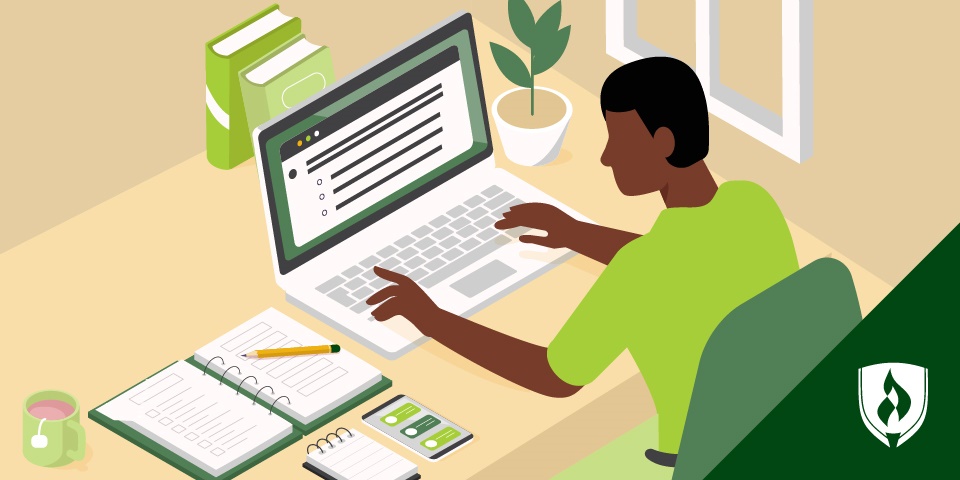Developing effective note taking skills is one of the first steps to college success. In addition to helping you stay organized, learning how to take effective notes can assist you in the comprehension and retention of class material.
Not sure how to take good notes? Need to perfect your note-taking technique? Learning how to take effective notes is easy! Just follow these three simple steps:
Step 1 – Observe
- Start by entering the classroom with a positive attitude. Believe it or not, the first step of the note-taking process begins the minute you walk through the door. Coming to class with a positive attitude demonstrates that you are dedicated to your success. If you come to class with a poor or bad attitude, it is less likely that you will take effective notes or even take notes at all.
- Make a conscious effort to pay attention. We have all been in situations where it is easy to start daydreaming. However, it is important that you make an effort to pay attention in class. If you do not pay attention, you will miss important material that you may need to know later for a quiz, test, or exam.
- Adapt to whatever direction a lecture takes. Do you have an instructor who tends to get off topic? Go with it! Remain positive and continue to take notes even if the lecture or conversation has gone in a different direction.
Step 2 – Record
- Start each lecture on a new page. Be sure to date and number each page. Starting each lecture on a new page and properly labeling your pages will help you keep your class material organized. Use the date to organize your notes chronologically from the start of the quarter.
- Leave blank spaces. Leaving blank spaces will give you room to go back and fill in any information you might have missed during the lecture. If you leave blank spaces, you will have plenty of room to write in any missed information.
- Make your notes as brief as possible. Contrary to popular belief, you don’t have to write down every word your instructor says. In fact, you should try to keep your notes as brief as possible. In addition, try developing a system of abbreviations and symbols that you can use whenever possible.
- Note all unfamiliar vocabulary or concepts you don’t understand. Underlining or highlighting any unfamiliar vocabulary words or concepts will remind you to go back and ask questions or further investigate information you might not understand. This will help insure that you are learning and studying the material correctly.
Step 3 – Review
- Review your notes within 24 hours. Reviewing your notes within 24 hours will help you to better retain learned material. Remember, you should review your notes frequently, not just the night before the test.
- Edit for words and phrases that are illegible or don’t make sense. Note-taking is not effective if you can’t read what you wrote. When reviewing your notes, make sure you edit for words and phrases that are illegible or don’t make sense.
- Edit your notes with a different colored pen. Using a different colored pen will help you distinguish between what you wrote in class and what you filled in later. Also, try using a different colored pen to mark or note important information.
- Fill in key words or questions in the left-hand column. Reserve the left-hand column for any key words or questions that you need to write down when reviewing your notes. The left-hand column should always be a doodle-free zone!
- Compare your notes with the textbook reading and fill in the important details in the blank spaces. When reviewing your notes, take the time to compare them with the information in the textbook. This will help you fill in any missing details and make sure your information is accurate.
- Consider rewriting or typing up your notes. Rewriting or typing up your notes is helpful if your handwriting tends to be messy or illegible. This is also a great way to review what you have learned.




